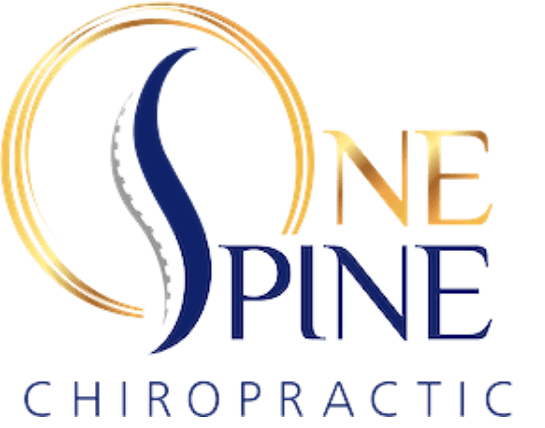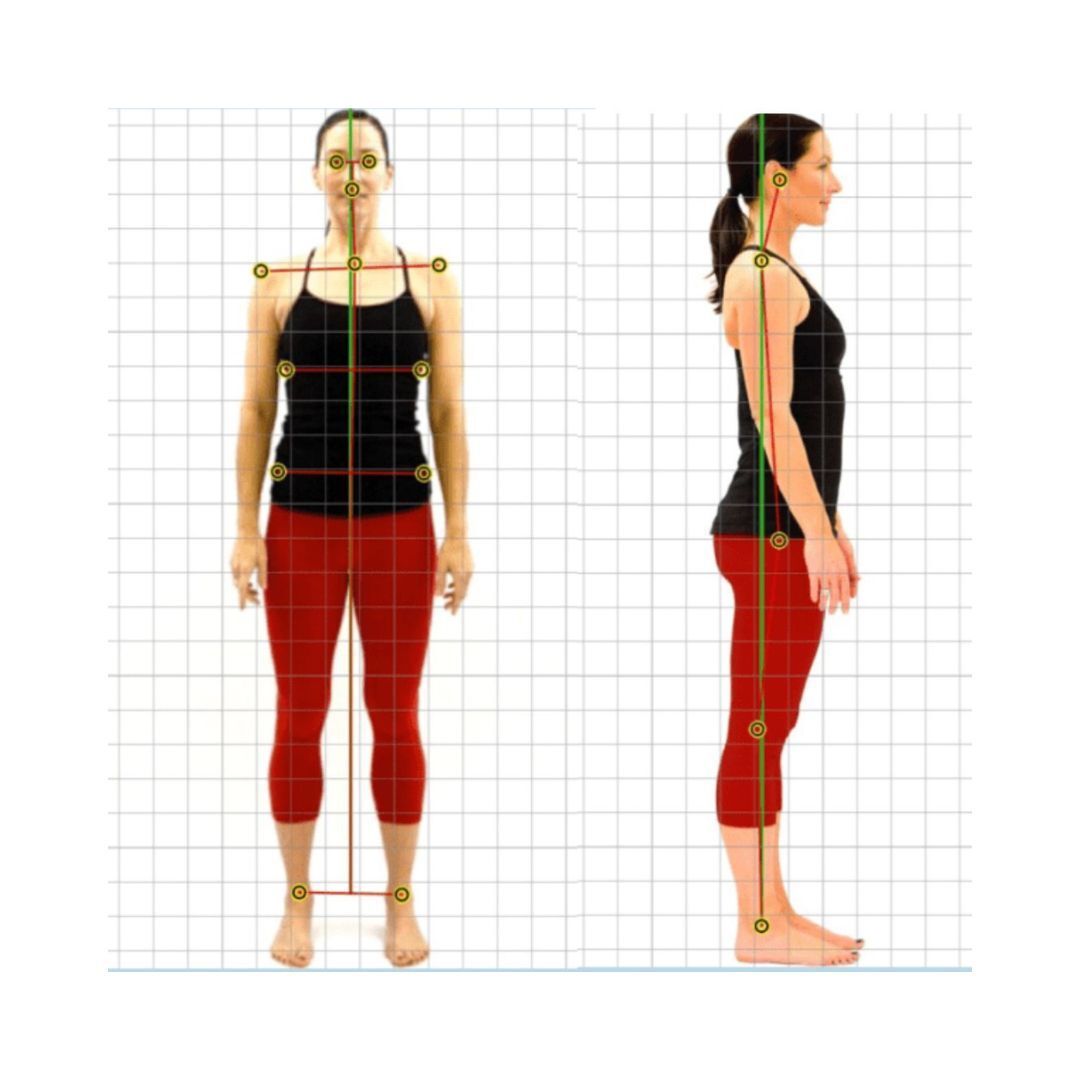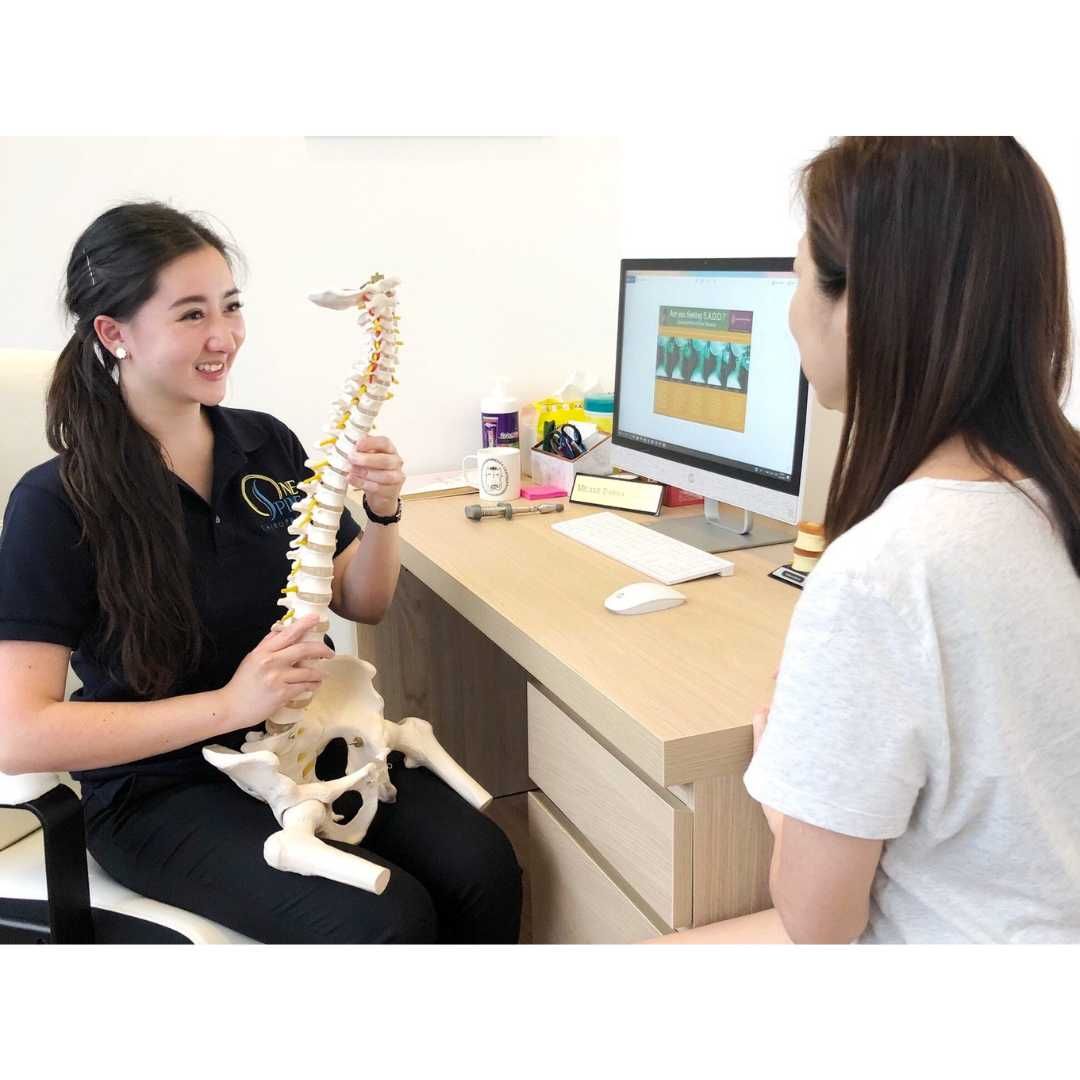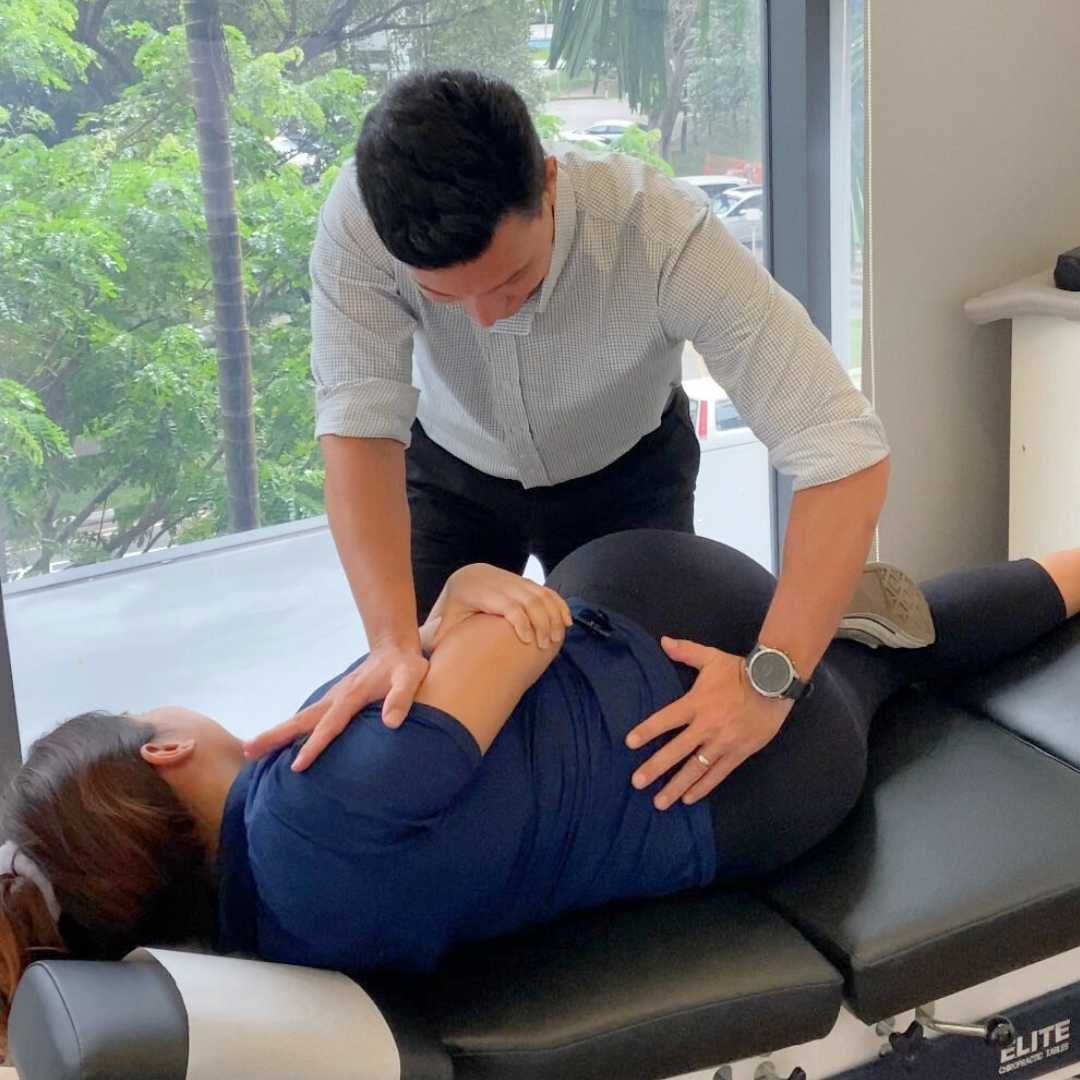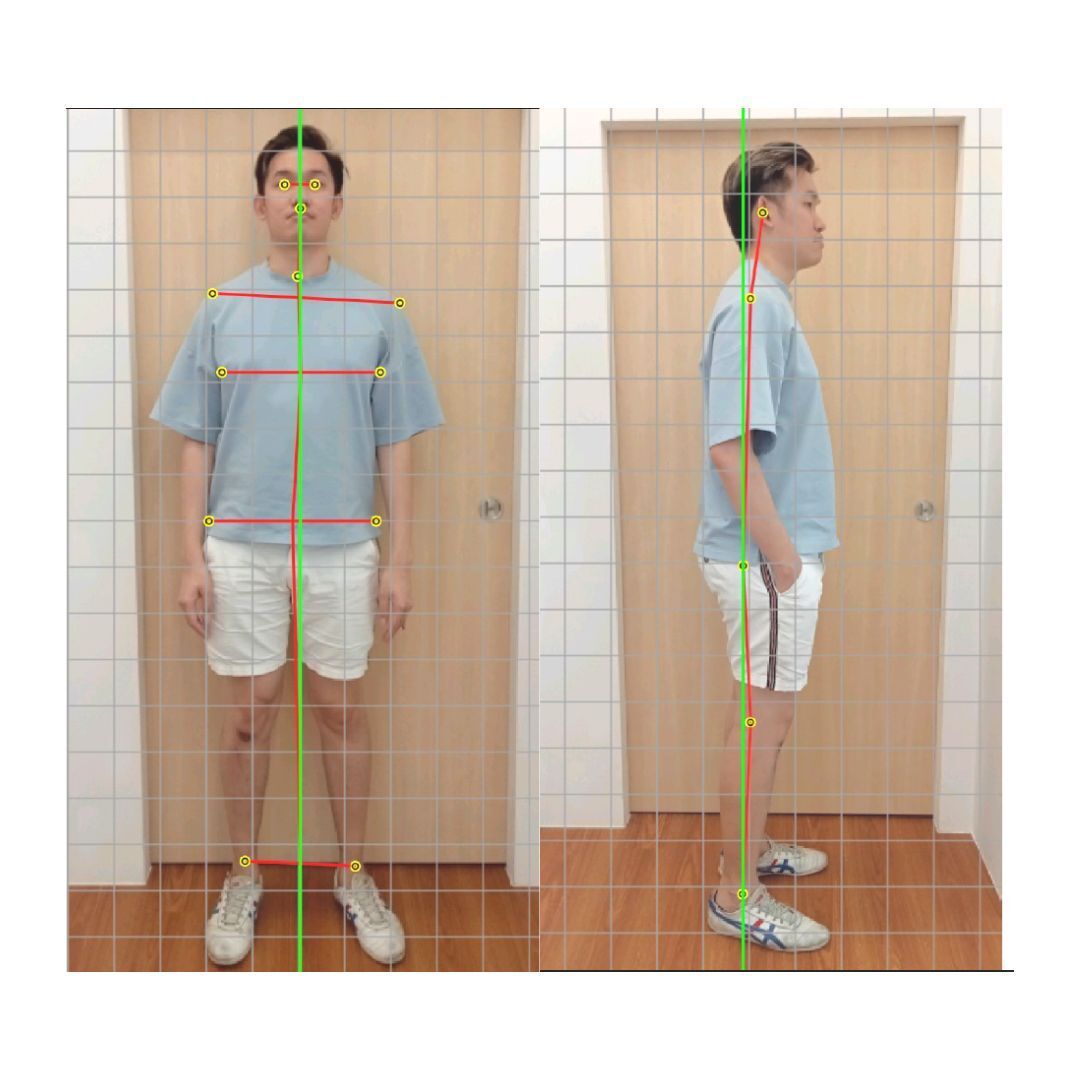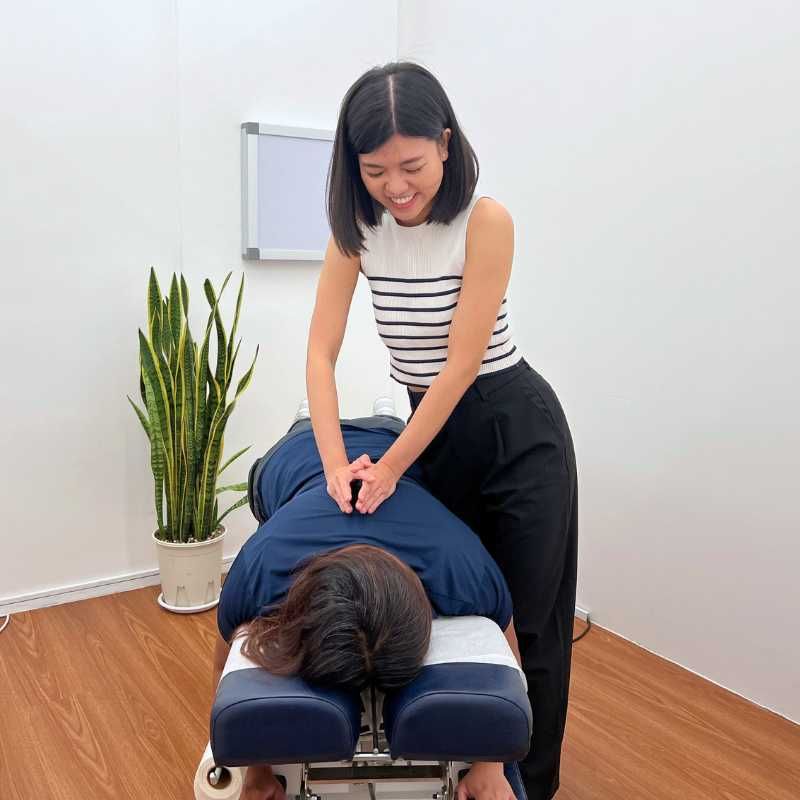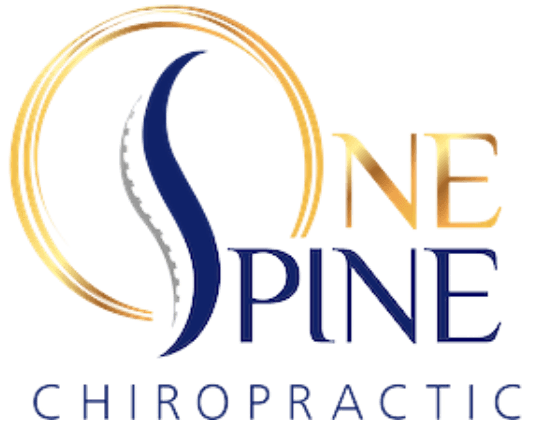Chiropractic Care For Carpal Tunnel Syndrome
Carpal tunnel syndrome (CTS) is a common condition characterised by pain in the wrist and hand caused by nerve compression. But did you know that chiropractic treatment can offer effective relief for CTS symptoms?
In this article, we explore the benefits of chiropractic care for individuals suffering from carpal tunnel syndrome (CTS) and how treatments like carpal tunnel release can alleviate symptoms such as pain and numbness in the wrist and palm side, extending to the ring fingers.
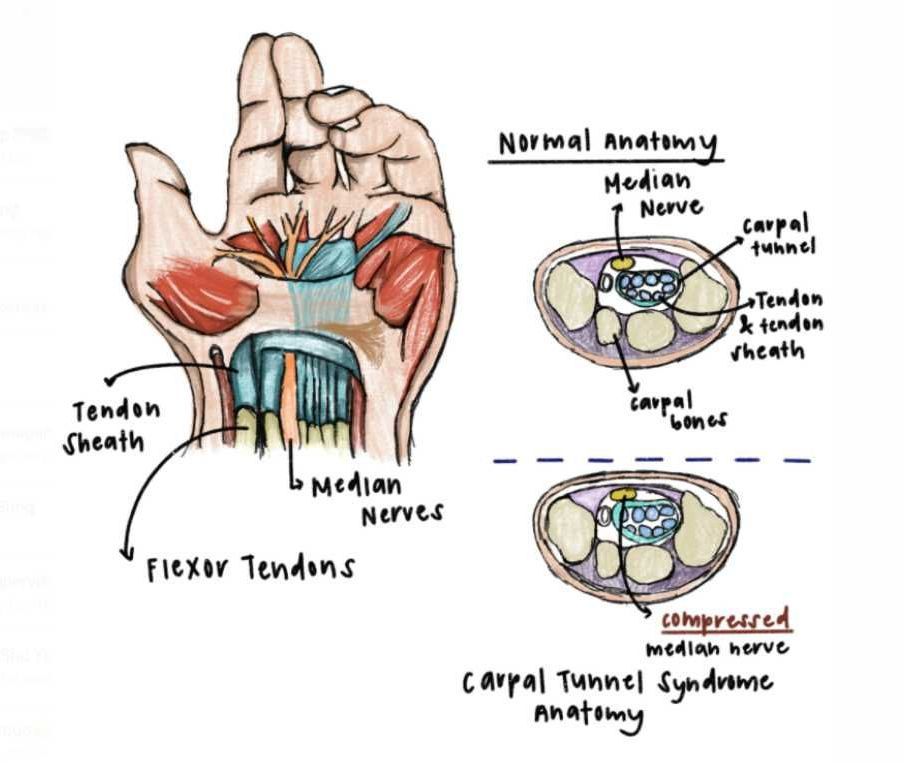
Understanding Carpal Tunnel Syndrome
Carpal Tunnel Syndrome (CTS) is a common neurological disorder that affects the hands and wrists as a result of compression in the carpal tunnel.
Definition of Carpal Tunnel Syndrome
Carpal tunnel syndrome (CTS) is a condition caused by compression and traction of the median nerve, leading to symptoms such as pain, numbness, and tingling in the palm side of the hand and the ring fingers. This occurs when this nerve becomes compressed or pinched in the wrist due to repetitive use, injury or an underlying medical condition such as diabetes, rheumatoid arthritis, thyroid issues and fluid retention.
CTS causes symptoms such as tingling, numbness and pain in the hand and fingers which result from damage to sensory fibers within the median nerve that travel through the carpal tunnel.
It can also lead to muscle weakness and an occasion reduced range of motion in the hand. If left untreated for too long, CTS can cause permanent damage to nerves leading to further complications.
Symptoms of Carpal Tunnel Syndrome
- Pain in the wrist and palm area
- Numbness or tingling in the arm and hand
- Weakness of the thumb muscles
- Burning sensation in the hand or arm
- Clumsiness when attempting to grip objects, causing dropped items
- A tingling sensation radiating to the fingers
- Difficulty performing routine morning activities like brushing teeth or buttoning a shirt
- Reduced range of motion in the wrist joint and limited mobility of hands and fingers
- Nocturnal symptoms that are more intense at night include throbbing, aching, tenderness and numbness

Neck Pain
Carpal tunnel syndrome is commonly associated with hand pain, but it is also more likely to occur in those with neck pain. This is because peripheral nerves such as the median nerve are more likely to be compressed at the wrist when there is compression at the nerve root where it exits the spine.
In addition to limited neck movement, muscle spasms and tightness in the neck, shoulders, and upper back can occur due to structural imbalances around the cervical vertebrae. These imbalances may cause referred pain in the forearm, resulting in numbness or tingling sensations typically associated with carpal tunnel syndrome. Trigger points in the affected areas are also commonly linked to this condition.
Chiropractors use spinal adjustments and manipulations to target any areas where nerve interference is present along with additional therapies such as soft tissue treatment techniques, nerve gliding exercises, stretches and strengthening warm-ups tailored specifically for each patient's individual needs.
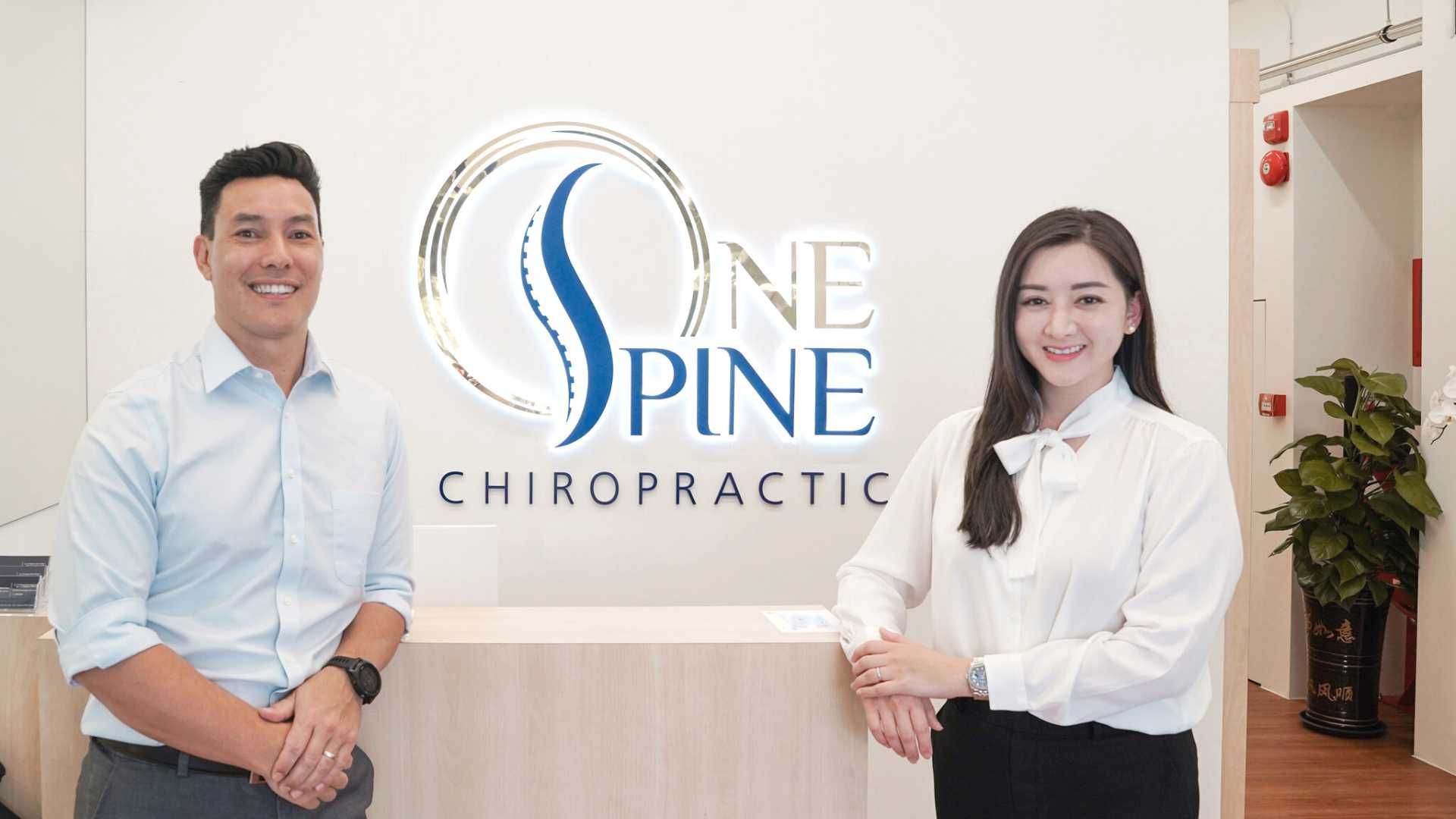
How a Chiropractor can help with Carpal Tunnel Syndrome
Chiropractic care offers non-invasive solutions for carpal tunnel syndrome, including techniques like carpal tunnel release to alleviate pressure on the median nerve, providing relief for symptoms affecting the palm side and ring fingers.
Through spinal manipulation and accessory therapies chiropractors can enhance blood flow in the affected area and reduce swelling within the carpal tunnel. Additionally, they can perform specific adjustments on other joints throughout the body to relieve pressure on the median nerve, which runs through the wrist and hand.
Compared to splints, medications, and surgeries, chiropractic treatment provides an alternative approach to managing carpal tunnel syndrome. It is a natural, non-invasive, and drug-free method that avoids potential side effects from medication.
Professional chiropractors understand the importance of individualised care for patients with CTS symptoms. They address underlying issues, such as neck and shoulder pain, which are commonly associated with CTS among adults who spend prolonged periods typing on computers or using phones.
Chiropractic Care for Carpal Tunnel Syndrome
Chiropractic care for carpal tunnel syndrome involves targeted manipulations and adjustments to release tension on compressed nerves, reduce inflammation, and improve wrist function. By relieving pain and inflammation, chiropractic treatment offers a non-surgical alternative for patients seeking relief from CTS symptoms, without the need for medication or invasive procedures.
The primary goal of chiropractic treatment is to enhance overall whole-body health while reducing hand and wrist pain.
At One Spine, our chiropractic treatments typically encompass manipulations, adjustments, therapeutic exercises, ultrasound, taping, and stretches. These techniques are designed to alleviate pressure on the nerves causing inflammation, while also addressing underlying issues related to neck and shoulder pain, which can contribute to carpal tunnel symptoms.
Additional therapies and exercises
- Exercise: Proper stretching and strengthening exercises for the wrist, arm and hand can help increase flexibility, reduce inflammation and decrease symptoms of Carpal Tunnel Syndrome. One Spine's chiropractor may prescribe those exercises to improve the range of motion, strengthen the muscles in the arm that support the wrist joint, help maintain a neutral position of the wrist joint during activities, and relieve pain and pressure on the median nerve.
- Soft Tissue Therapy: Soft tissue therapy can loosen the restricted muscles around the carpal tunnel while increasing circulation with flowing massage strokes. This helps reduce inflammation, relieve tension and muscle spasms that can aggravate CTS symptoms.
- Ultrasound Therapy: Ultrasound therapy is a form of low-level heat treatment that stimulates soft tissues by using sound waves. It reduces stiffness around carpal joints as well as softens any scar tissue formations which provide relief from CTS symptoms such as numbness and tingling in the hand and fingers.
- Nutritional Recommendations: Dietary deficiencies can worsen CTS symptoms, so it’s important for individuals suffering from CTS to receive proper nutritional counselling regarding their diet in order to support the healing process as well as boost their overall health & well-being. Nutritional recommendations may include intake of foods rich in vitamin B6 & magnesium like nuts, whole grains & bananas along with drinking an adequate amount of water throughout the day.
- Taping: Wrist splinting can be used during sleep or at rest periods - this intervention prevents further damage by immobilising the wrist for a certain period of time while decreasing pressure on the median nerve allowing for a better recovery outcome.

Benefits of Chiropractic Care for Carpal Tunnel Syndrome
Through chiropractic care, individuals can experience pain relief and improved hand function, including alleviation of discomfort in the palm side and ring fingers, thanks to techniques like carpal tunnel release and targeted manipulations.
Pain relief and improved hand function
Chiropractic care is an effective treatment for carpal tunnel syndrome, providing pain relief and improved function without the need for invasive surgery or medication. Chiropractors use spinal and nerve manipulations to help relieve pressure on the median nerve that causes carpal tunnel symptoms.
This can reduce numbness in the hands, while also helping to improve strength in fingers and grip capability. In addition to spinal manipulation of joints, chiropractors may use soft tissue therapy or massage techniques as well as trigger point therapy to loosen tight muscles associated with carpal tunnel syndrome.
These treatments increase joint mobility, improve hand function and reduce Carpal Tunnel Syndrome pain as well as neck pain which is often related to this condition. We may recommend exercises to further strengthen wrists and fingers affected by CTS such as nerve gliding exercises or simple stretching programs that focus on opening up the carpal tunnel space by lengthening tendons around it.
Non-invasive and drug-free approach
Chiropractic care offers an attractive alternative to traditional treatments for carpal tunnel syndrome, providing a non-invasive and drug-free approach. Most conventional treatments such as corticosteroid injections or surgery involve some level of invasiveness, while chiropractic adjustments use gentle manipulation to alleviate symptoms.
In addition, unlike many other forms of treatment, chiropractic does not require the regular use of medications that can be harsh on the body’s organs and systems in the long run.
Instead, we take a holistic approach focusing on restoring the balance between mind and body through healing touch therapies which help reduce pain naturally. Furthermore, addressing underlying neck pain issues resulting from misalignments of the spine that lead to Carpal Tunnel Syndrome in order to truly heal rather than simply numbing painful symptoms over time with medication; makes chiropractic care even more desirable for those seeking out safer methods for dealing with CTS without compromising health goals.
Individualised treatment plans
One Spine's Chiropractorsin Singapore can provide a tailored approach to the management of carpal tunnel syndrome that is centred around the individual's specific needs and symptoms. This personalised care can maximise patients’ outcomes, and help them achieve better pain relief, improved hand function and increased quality of life.
The basis of this personalised treatment plan consists of chiropractic adjustments or manipulations, combined with additional therapies such as trigger point therapy, taping, ultrasound therapy, rehab exercises and strengthening exercises to create more optimally functioning wrists and fingers.
Our Chiropractors also factor in lifestyle factors like ergonomics and job stress when developing their treatment plans for carpal tunnel syndrome so that an optimal resolution based on each patient’s daily routine can be achieved.
Specific medical conditions or general health imbalances may also contribute to symptoms associated with carpal tunnel syndrome thus including these into consideration helps refine the plan further.
Addressing underlying issues involving neck and shoulder pain
Chiropractic care can help patients with carpal tunnel syndrome who are experiencing neck and shoulder pain. Tight tissues in these areas of the body can contribute to or worsen symptoms of carpal tunnel, so our chiropractors may focus treatments on balance, movement, posture, nerve functioning, and flexibility within these areas.
Adjustments, cervical decompression, manual manipulations by our qualified chiropractors can help relieve tension on compressed nerves as well as reduce inflammation in affected joints.
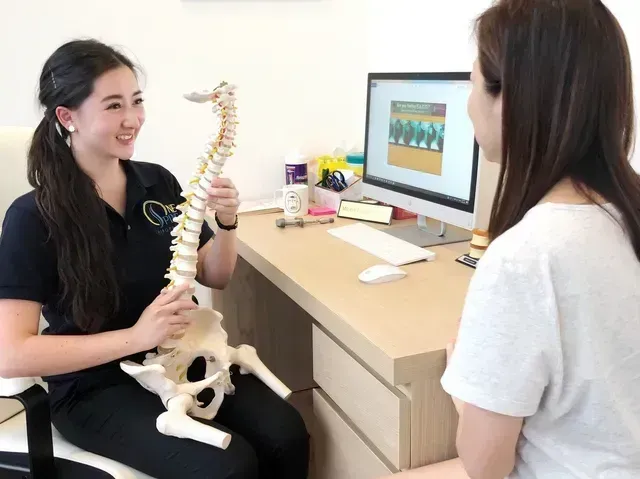
Finding a Chiropractor for Carpal Tunnel Syndrome
When looking for a chiropractor for carpal tunnel treatment, it is important to do thorough research and check credentials to ensure you select an experienced and qualified provider.
Choosing a qualified and experienced chiropractor
Finding the right chiropractor is essential when seeking treatment for Carpal Tunnel Syndrome. The knowledge they possess in understanding the anatomy, physiology, and biomechanics of carpal tunnel syndrome can be invaluable in a successful outcome.
An experienced chiropractor has specific skills that enable them to provide effective treatments to restore the normal function of the affected area and reduce or prevent pain. Additionally, they can effectively understand certain risk factors associated with this condition such as any existing medical conditions or habits that may have caused it and correct them accordingly.
Experienced practitioners are also able to recommend advice on activities/postures to avoid that could worsen symptoms or cause future problems down the line. They will also create an individualised treatment plan based on an assessment of your current health needs which includes course-correcting any misalignments along with incorporating stretching, strengthening exercises, lifestyle modification strategies and other measures like wrist splint use where appropriate.
Asking for recommendations
Asking for referrals from family, friends and colleagues when looking for a chiropractor is an excellent way to find a qualified and experienced practitioner. Seeking recommendations based on the personal experiences of others can provide invaluable insight regarding the treatment, effectiveness and results associated with particular chiropractors.
Testimonials offer valuable information about the quality of chiropractic treatments offered, allowing clients to select a suitable professional who can help them manage their condition effectively.
Taking as much time as needed to source credible reviews or advice is essential for selecting the best possible candidate that is capable of optimising your recovery goals before committing to any treatment plan.
Researching credentials and reviews
Finding a qualified and experienced chiropractor is key to successful chiropractic treatment for carpal tunnel syndrome. It is essential to take the time to research credentials, training experience, qualifications and reviews of the individual practitioner or clinic before booking an appointment.
Doing this ensures that you are receiving quality care from a professional who understands your needs as well as offering safe treatments.
Additionally, websites such as Google Reviews can offer first-hand customer recounts of particular chiropractors’ practices so you feel more assured knowing they have been tested by those in need of similar help previously.
Conclusion
FAQ
Book An Appointment Now
Invest in your well-being and discover the benefits of chiropractic care for carpal tunnel syndrome
Contact us now to schedule an appointment and start your journey towards improved wrist function and reduced pain.
